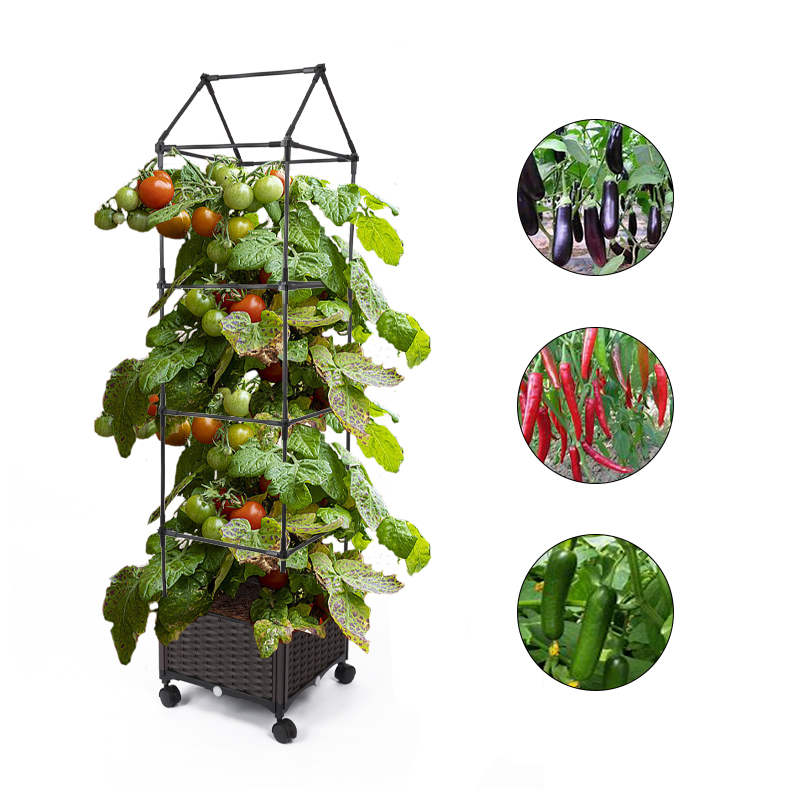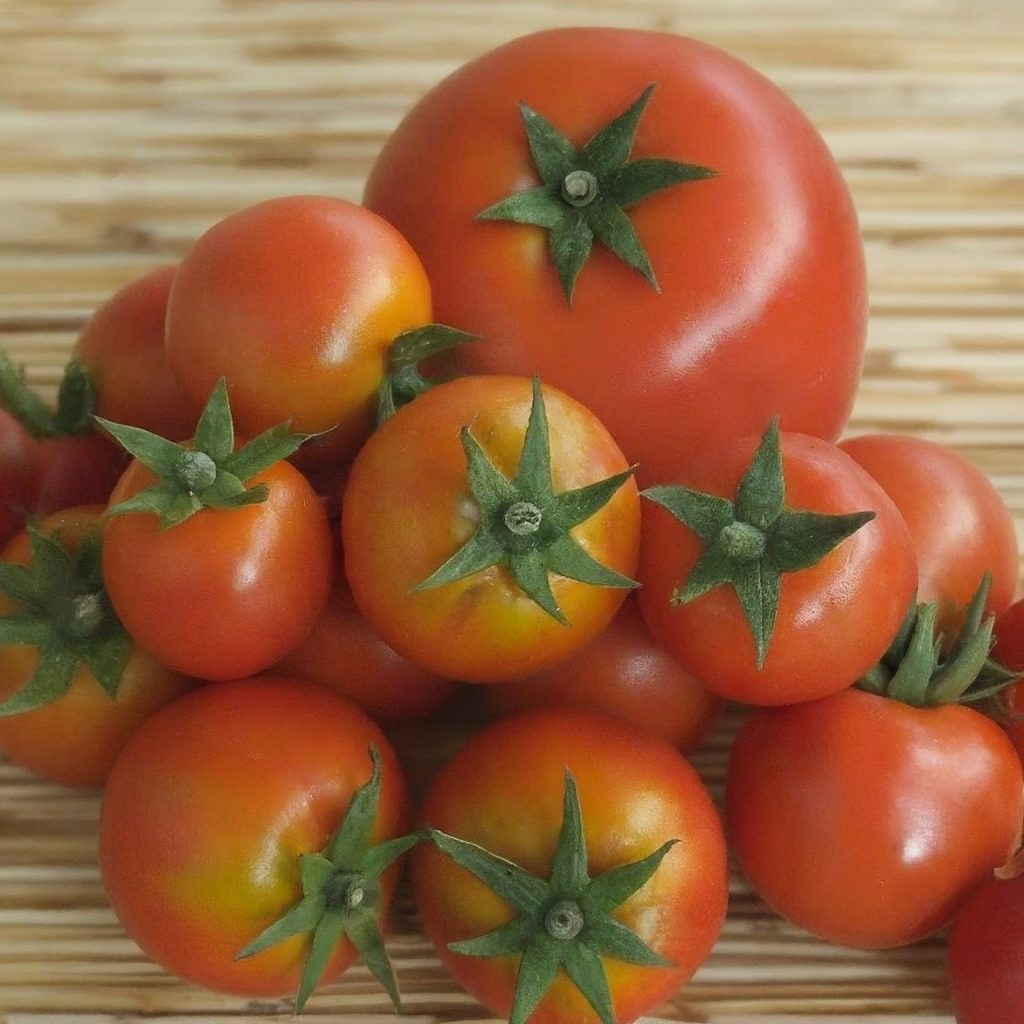All Posts
Simple Tips to Boost Your Garden Tomato Yield
Admittedly, fresh garden tomatoes are great, but what’s even better? More fresh garden tomatoes! So when you’re craving that extra juicy fruit, try these straightforward techniques to encourage your plants to produce more without much hassle. Follow these nine simple tips to help boost the tomato yield on your plant.
1.Choose the right variety
When it comes to planting tomatoes, not all varieties are created equal. Some are inherently more productive than others. While it may seem obvious, the simplest path to a higher yield is to pick a high-yielding variety. Foolproof high-yield varieties like ‘Celebrity’, ‘Early Girl’, or ‘Roma’ are reliable for a bountiful harvest throughout the growing season.
2.Plant them deep
For a robust start to your tomato plant’s main stem, trim off the bottom few leaves and bury two-thirds of the plant’s base into the soil. Once planted, the nodes where you removed the lower leaves will develop into full-sized roots. This method results in a stronger root system, a sturdier main stem, and a more vigorous plant overall.
3.Provide plenty of sunlight
Tomatoes thrive in the sunlight and grow best with ample exposure. Again, it’s obvious but critical: ensure your tomato plants receive at least 6-8 hours of direct sunlight each day if you’re aiming for a plentiful harvest. A good way to “control” how much sunlight your plants get is to grow your tomatoes in containers so you can move them around to catch the sun.
4.But not too much sun
If you live in a sun-rich area, you also might be in a zone that gets too much sun. When temperatures soar to extremes, and the late afternoon sun scorches your backyard, the fruits and leaves of your tomato plants can suffer from sunburn or scorching. Having shade cloth on hand can be very helpful.
5.Keep the soil moist but not waterlogged
Tomatoes need consistent moisture to produce fruit but don’t like soggy soil. Water your plants regularly to keep the soil evenly moist. Mulching at the base of the plants helps retain moisture and prevent weed growth, but be careful not to let the mulch touch the stems directly.
6.Fertilize regularly
Like us, tomatoes require sustenance to grow strong and healthy. Feed your plants with a balanced fertilizer every 2-3 weeks, continuing throughout the growing season. You can use commercial fertilizers or opt for organic choices like compost or compost tea. Remember, over-fertilizing can lead to excessive leaf growth at the expense of fruit growth, so follow the directions on the fertilizer package.
7.Choose the right support
Whether you use stakes, cages, or trellises, ensure you support your plants and keep them off the ground, reducing the risk of disease and pests. Support means better air circulation, more fruit with increased exposure to the sun, and easier harvesting. The right plant support depends on your space constraints and whether you are growing determinate or indeterminate tomatoes, but especially if you want a large harvest, make sure your choice of support is sturdy enough to hold dozens of perfect, ripe tomatoes and tall enough for your plant’s eventual height.

Self-Watering Tomato Planter With Trellis
8. Shake those blossoms
Yes, it sounds weird, but the logic is sound: the more flowers that are pollinated, the more tomatoes you’ll end up with. Since tomato flowers are self-pollinating, they just need a little help transferring the pollen from the stamen to the pistil. A gentle shake is all it takes! (Or a few shakes in your gardening routine, just to be safe.) Learn from one of the tomato flower’s main and most effective pollinators, the bumblebee. Their bodies gently yet persistently vibrate, perfectly shaking the pollen where it needs to go. So let your fingertips transmit the same vibrating energy! Some gardeners go further with an electric toothbrush to really feel like a bumblebee.
9. Prune wisely
In many cases, we believe nature knows best, but when it comes to tomatoes taking matters into their own hands, a little controlled snipping with scissors can go a long way for a healthier plant and a bigger harvest. Remove suckers—the small shoots that grow in the crotch between the main stem and a branch—to redirect the plant’s energy to producing fruit. You can also prune any leaves or stems that start growing near the ground to prevent any potential disease.
In conclusion, increasing your tomato yield is very achievable with these nine simple yet effective gardening strategies. From selecting high-yielding varieties to proper planting, sun exposure, watering, and fertilization, every step is crucial for nurturing your tomato plants. Remember to provide the right support and engage in smart pruning practices to ensure optimal growth and minimize disease. Don’t forget the importance of pollination – a gentle shake of the flowers can lead to a more fruitful harvest. By implementing these tips, you are setting the stage for a bountiful tomato season that could very well result in the best yield you’ve ever had. Happy gardening, and may your efforts be rewarded with a plentiful supply of delicious, home-grown tomatoes.

